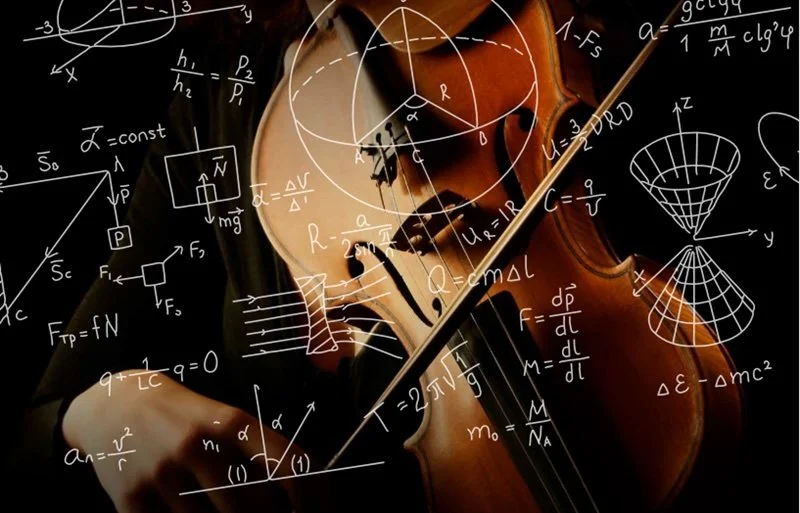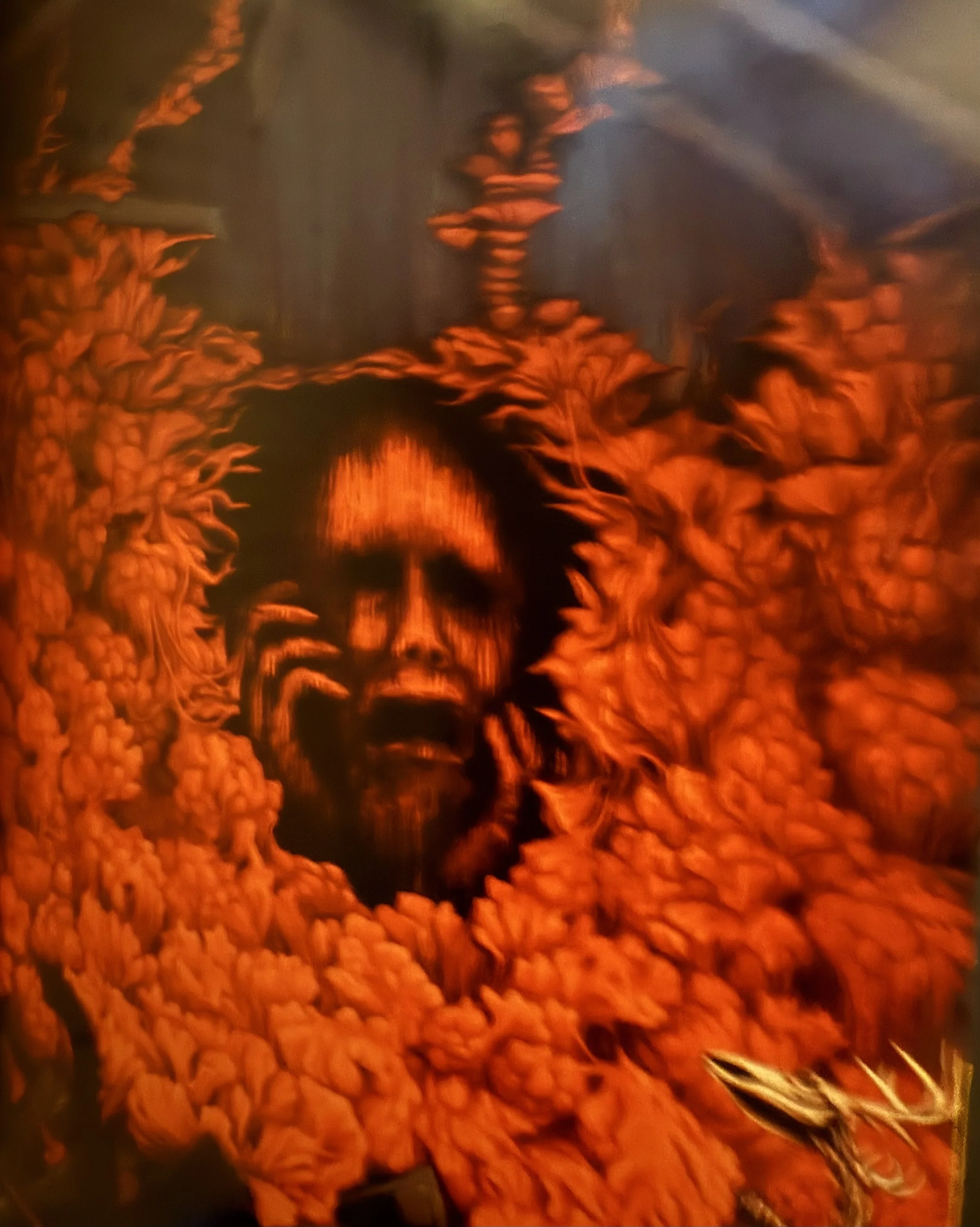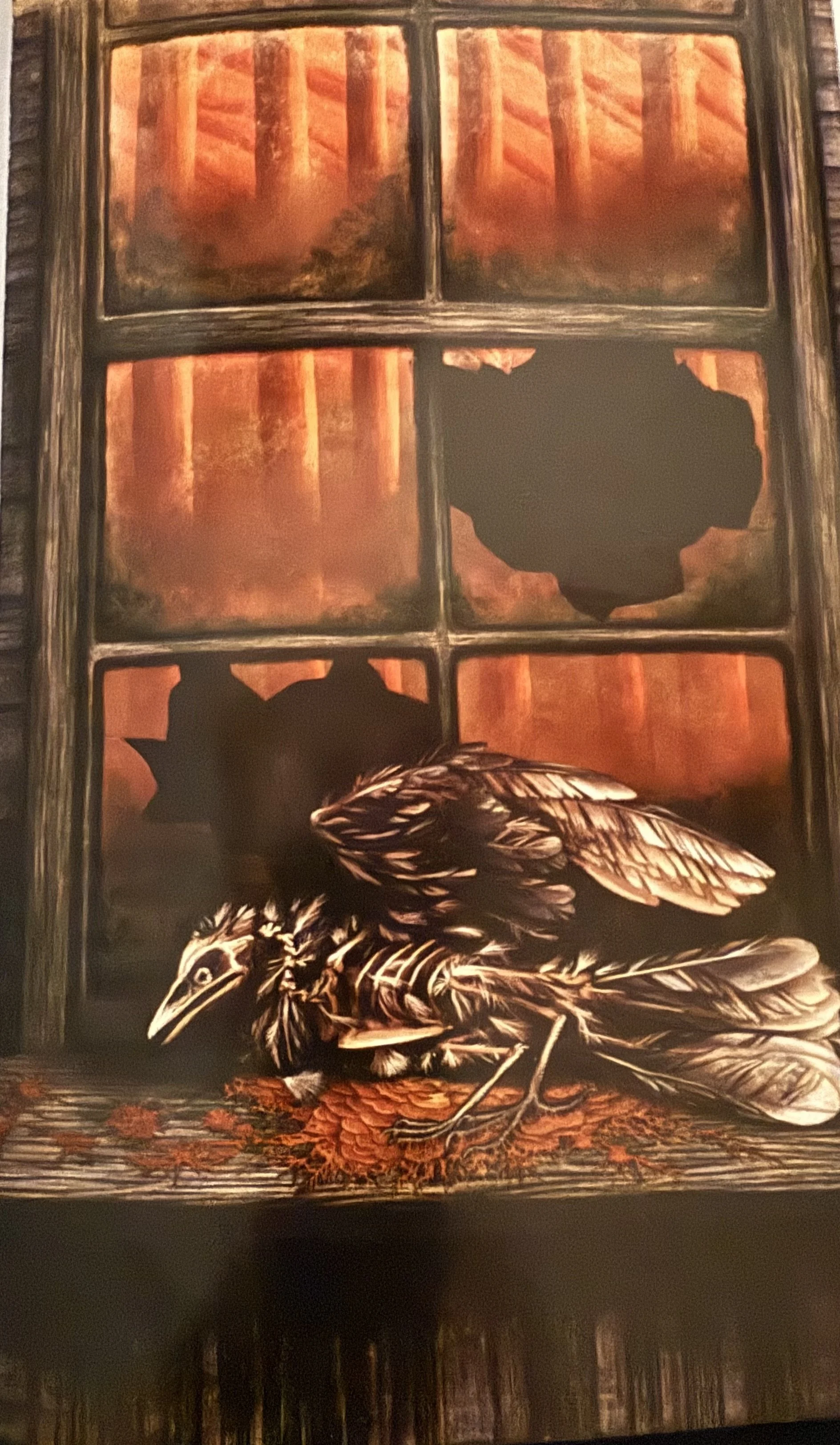Playing In H.P. Lovecraft’s Sandbox
H.P. Lovecraft created a rich, vibrant world, one that still resonates with readers and writers today.
But while some of his stories were well-researched and explored (“At the Mountains of Madness”) others were more impressionistic. They were tales that made readers yearn for more (“Dr. Herbert West: Reanimator”).
Fortunately, Lovecraft was open to other writers “playing in his sandbox”.
What does “playing in a sandbox” mean?
It’s when an artist allows other people to create new content in their universe.
Lovecraft not only allowed it; he actively encouraged people to explore his world. He even collaborated with writers August Derelith and Robert Bloch (of Psycho fame), as they developed what later became known as the Cthulhu Mythos.
It is a tradition that modern Lovecraftian writers continue today.
When I was writing Shadow Zone, I approached two writers about using elements from their stories. And true to the Lovecraftian spirit, both said yes.
James Chambers, in his short story “A Song Left Behind in the Aztakea Hills”, linked the world of music and mathematics. In the 1960’s (so the story goes), a psychedelic band arrived in the community of Knicksport, a haunted place on par with Arkham and Innsmouth. They were eager to explore the potential for music to heighten the senses. A local led them to a lonely hill just outside of town and…well, you’ll have to read the story to find out the rest. Suffice it to say it didn’t end well for the musicians.
What I borrowed from James Chambers was the Keziah Mason formula. His story centered around a mathematician who was eager to explore the place where the musicians were last seen. He believed the band known as The Sultans “knew songs…if played certain times in special places…unlocked new doors.” You see, it turned out that Keziah Mason, the original character featured in H.P. Lovecraft’s Tales from The Witch House, was not actually a witch but someone pursuing advanced mathematics, engaging in “pan-dimensional physics and space-time distortion, stuff scientists only started researching after Einstein.” Like the doomed musicians, the mathematician believed that the hill just outside town was where a portal could be opened.
I was already developing the math angle for Shadow Zone. When I read “A Song Left Behind in the Aztakea Hills”, I knew I needed the Keziah Mason formula in my story. The reference not only gave my mathematicians added depth, it also allowed me to suggest they were involved with something sinister without giving too much away.
The Art of Cecil Conklin (Courtesy of Kim Parkhurst)
The other author I borrowed from was Brian Hodge. He wrote an amazing novella, I’ll Bring You the Birds from Out of the Sky, which featured the fictional artist, Cecil Conklin. Hailed as the ‘Appalachian Hieronymus Bosch”, Conklin created disturbing ‘otherworldly’ art. Hodge’s book is full of illustrations of Conklin’s work (amazing creations by artist Kim Parkhurst). Seeing them fired up my imagination and inspired me to collaborate with a painter to create a work by my own fictional artist.
So, when the time came in Shadow Zone for my main character to have a nightmare featuring cursed artists, I knew Cecil Conklin had to be front and center, slapping paint on a door frame (his preferred media) while his eyes nervously darted across his room. And Brian graciously allowed his character to make a cameo in my book.
I hope this tradition continues with my own series, The Shadows of Miskatonic.
Who knows?
Maybe someday I’ll find out things about my world from other writers…


